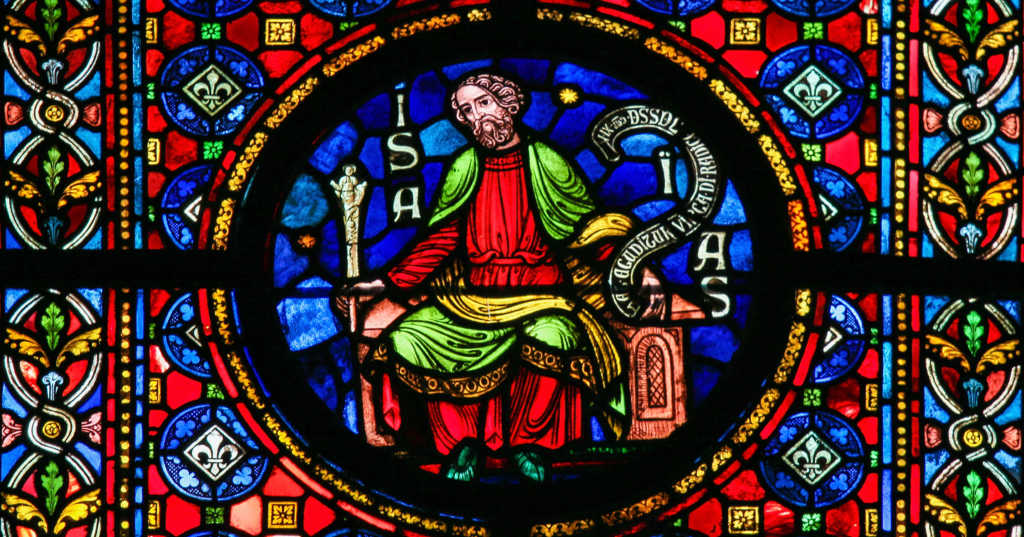Archeologists believe that they have potentially found the first-ever physical evidence that proves the Prophet Isaiah’s existence — and it’s based on a small, .4-inch piece of clay that reads, “Isaiah the prophet.”
READ: Legendary Evangelist Billy Graham Dies at Age 99 — Here’s His Incredible Life Story
Hebrew University archaeologist Dr. Eilat Mazar this week explained the significance of the find in a press release.
“We appear to have discovered a seal impression, which may have belonged to the prophet Isaiah, in a scientific, archaeological excavation,” Mazar said.
Historian Candida Moss has more about this stunning find, which was first announced in Biblical Archaeology Review:
The evidence itself comes in the form of a small piece of clay (an impression left by a seal), a mere 0.4 inches long, which appears to bear the inscription “Isaiah the prophet.” It was unearthed as part of excavations of a previously undisturbed pile of debris at the Ophel excavation in Jerusalem. The dig is headed by Eliat Mazar, who provides a description of the discovery, significance, and translation of the seal in an article published in this month’s issue of BAR. The debris contained figurines, pottery fragments, pieces of ivory, and some clay seal impressions, known as bullae. These impressions were created when the owners of the seals stamped their seals into the soft clay and include the mark of King Hezekiah, previously reported here at The Daily Beast.
Moss went on to note that the seal could potentially confirm Isaiah’s existence, as well as his standing and status in the community; the Bible tells us that he was someone that leaders would often turn to for advice.
Isaiah is widely seen as one of the Old Testament’s important prophets. He is credited with writing the Book of Isaiah between the years of 701 and 681 B.C.
While it is entirely possible that the clay piece did, indeed, belong to the biblical prophet, it is not totally in tact, leading Mazar to offer up some important caveats. The words appear to spell out “Belonging to Isaiah,” but when it specifically comes to the word “prophet,” there could be a sticking point.
“Because the bulla has been slightly damaged at the end of the word nvy, it is not known if it originally ended with the Hebrew letter aleph, which would have resulted in the Hebrew word for ‘prophet’ and would have definitively identified the seal as the signature of the prophet Isaiah,” Mazar continued.
Those details are unclear, but the find is still potentially monumental.
(H/T: Daily Wire)



